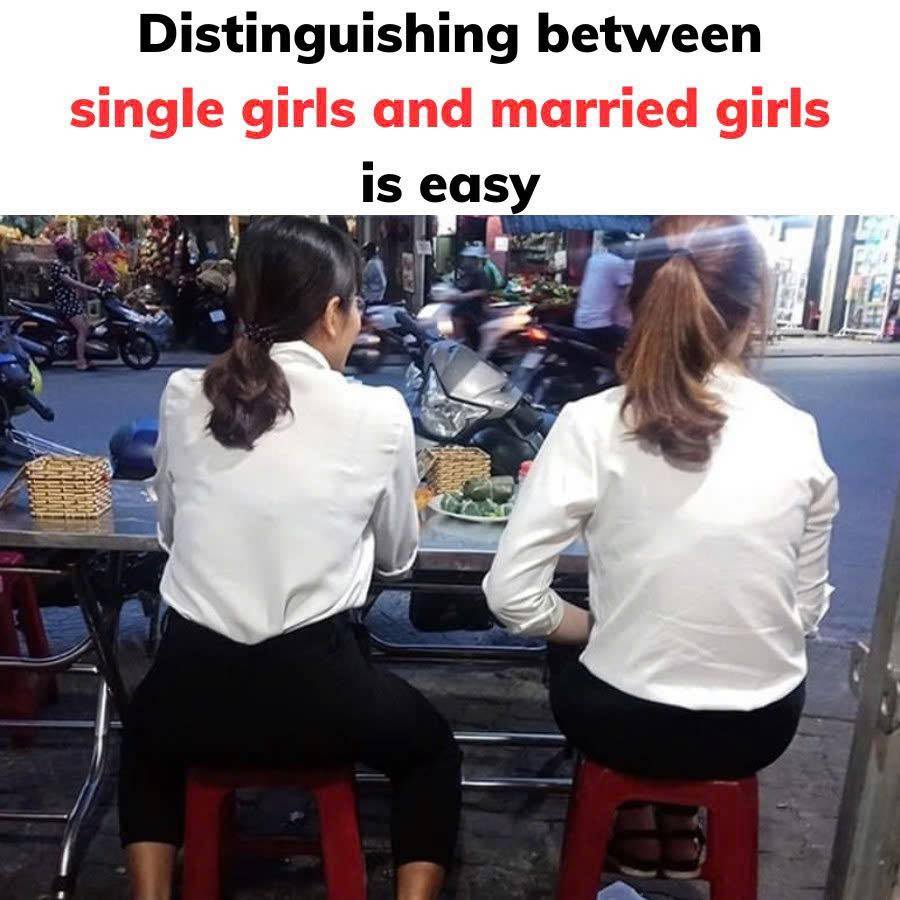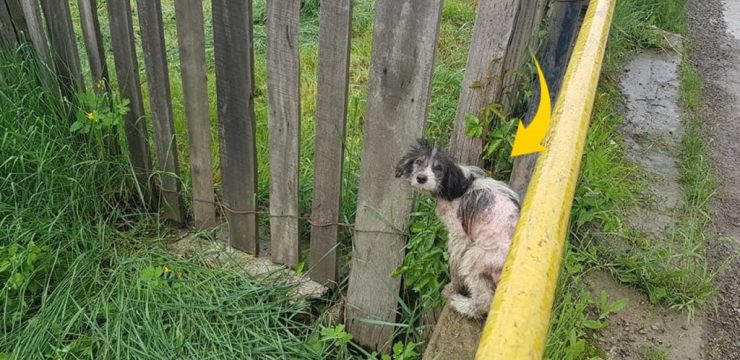Can you tell the difference between a single woman and a married one just by looking at a photo? While it might seem like an odd question, this intriguing riddle challenges you to observe subtle details that reveal much more than meets the eye. Let’s break it down and uncover the logic behind this fun puzzle.

The Challenge: Who’s Married and Who’s Single?
In a photo featuring two women sitting side by side, the task is to determine which woman is married and which one is single. At first glance, the answer may not seem obvious. However, a closer look reveals subtle clues that point to their relationship status.
Ready for the answer? Here’s the breakdown:
- The married woman is sitting on the left.
- The single woman is sitting on the right.
Why? It all comes down to posture and behavior.
The Explanation
The distinction lies in their body language.
- The Married Woman (Left):
A married woman might feel less pressure to maintain a reserved or formal posture. In the context of this riddle, her relaxed sitting position reflects a level of comfort and confidence, suggesting she doesn’t feel the need to make an impression. - The Single Woman (Right):
On the other hand, a single woman is more likely to adopt a composed and reserved demeanor, as societal norms often associate this with someone trying to present themselves favorably. In the photo, her posture indicates an effort to appear poised and refined, hinting at her single status.
Why These Riddles Are Fascinating
This riddle highlights the subtle ways human behavior and societal expectations influence our actions, even in simple settings like sitting for a photo. While the reasoning behind the answer is rooted in generalizations, it’s a fun exercise in observation and interpretation.
The Value of Observational Puzzles
Riddles like this one are more than just entertainment—they’re tools for sharpening your observation and reasoning skills. Here’s why they’re worth your time:
- Attention to detail: These puzzles challenge you to notice subtle cues that are often overlooked.
- Critical thinking: You’re encouraged to analyze behaviors and draw logical conclusions based on small hints.
- Cultural insights: Many riddles like this one are influenced by societal norms, offering a glimpse into different perspectives on behavior and etiquette.
By solving riddles, you develop the ability to think creatively and recognize patterns, skills that are valuable in everyday life.
Test Your Observational Skills
Did you get the answer right? Whether you guessed correctly or not, this riddle serves as a reminder to pay attention to the small details. Keep practicing with similar puzzles, and you’ll soon find yourself becoming a master of observation and logic.
So, the next time you’re faced with a tricky question or an unusual photo, you’ll know exactly how to analyze the scene and uncover the hidden answers.





